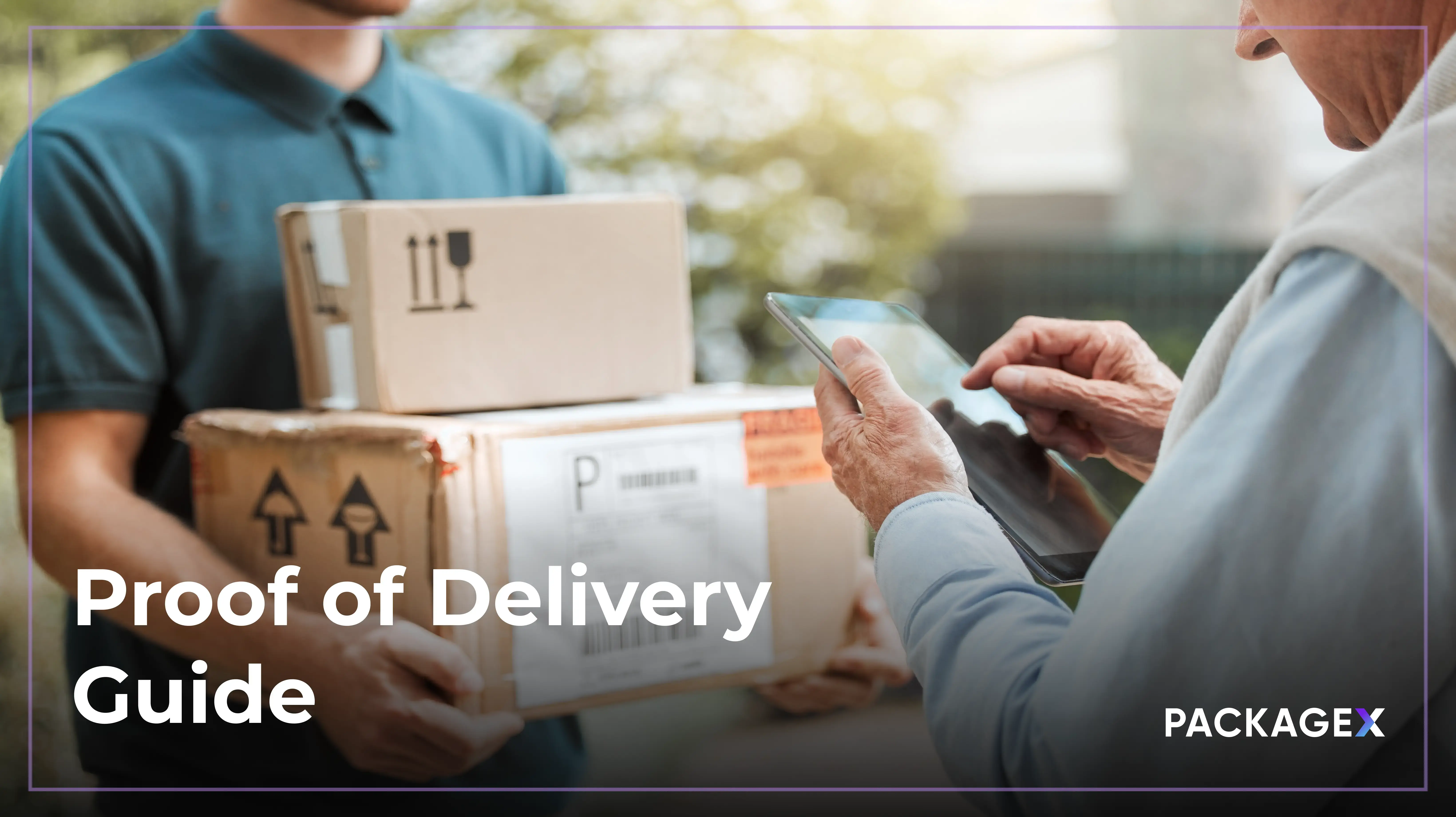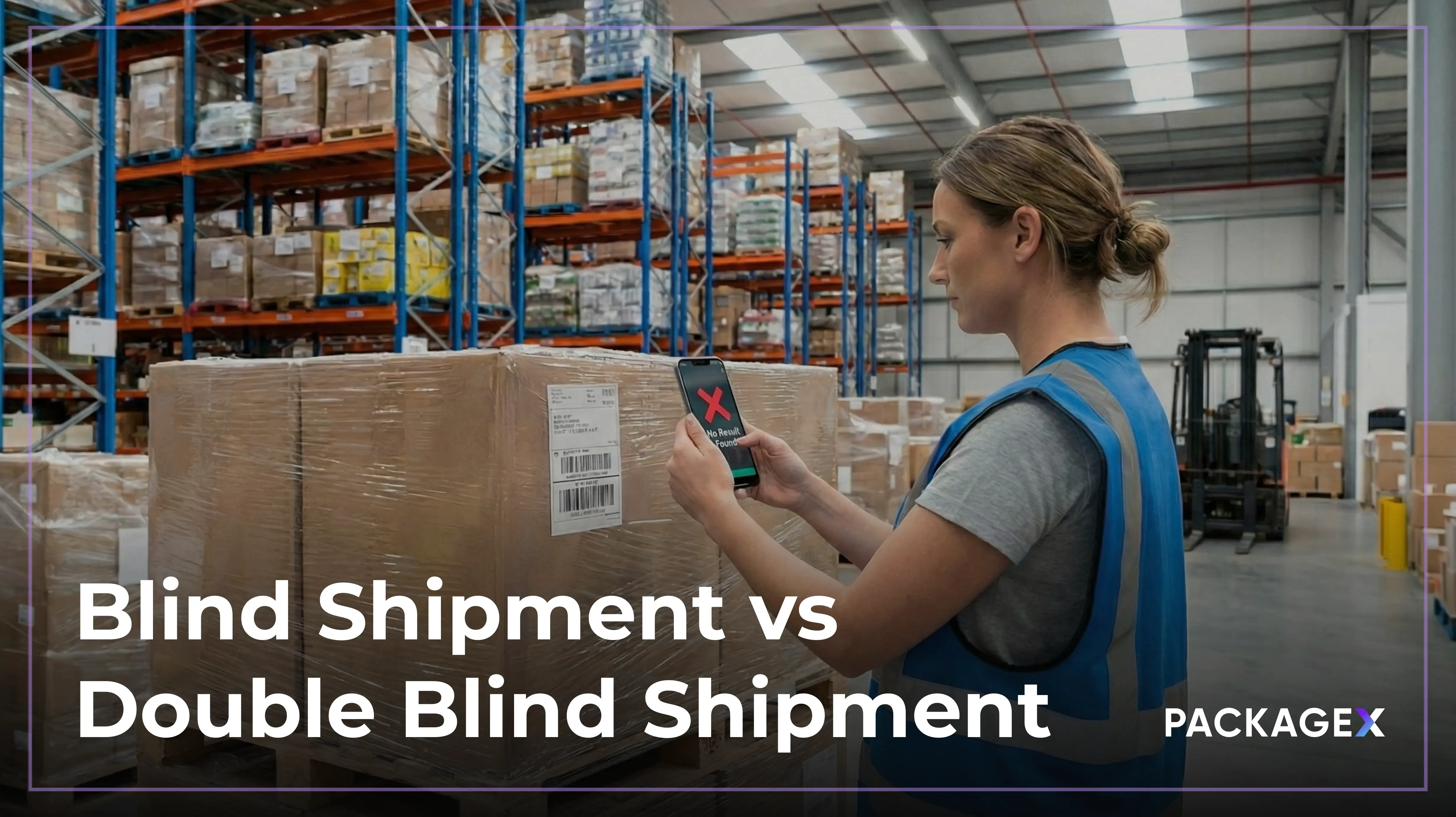eCommerce order fulfillment is like the backstage crew of a smooth production—almost invisible but absolutely critical. It’s not just about sending off a package; it’s the entire process of getting the order sorted, boxed, sent out, and even taking care of returns when things don't work out.
Now, it’s clear that speeding up this process can really improve customer vibes, though it might require a budget. Still, keeping customers happy means they will stick around. eCommerce order fulfillment is the baseline for any store trying to stay on top, and it’s worth every bit of effort.
What Is Order Fulfillment in eCommerce?
eCommerce order fulfillment covers everything from receiving goods to processing and delivering them to customers. It begins the moment a customer places an order and wraps up once the product reaches their hands. If the buyer decides to return the item, the fulfillment process also steps in to handle the return seamlessly.
A well-executed eCommerce fulfillment strategy—whether handled in-house or through a third-party provider—can boost efficiency, cut costs, and maintain customer satisfaction. In the eCommerce landscape, optimizing fulfillment processes keeps your business competitive.
Why Is eCommerce Order Fulfillment Important?
An efficient product fulfillment process drives eCommerce success. This way, your customers stay satisfied and loyal. With faster processing, fewer mistakes, and streamlined operations, you get higher revenue and profitability.
Let’s Understand the eCommerce Order Fulfillment Process
The order fulfillment process generally includes receiving inventory, temporarily storing it in a warehouse or distribution center, processing customer orders through picking and packing, and managing shipping and logistics. Let’s look at each of these individually so you can focus on how to optimize webshop fulfillment:
Receiving Inventory
Efficient receiving begins with accurately logging incoming goods to prevent inventory errors.
Inventory Storage
Proper warehousing ensures smooth operations. Each SKU is stored in clearly labeled locations, often mapped into a Warehouse Management System (WMS). Best practices include:
- Separation: Avoid confusion by keeping similar products apart.
- Accessibility: Place high-demand SKUs near packing zones for efficiency.
- Zoning: Divide the space into specialized areas to streamline picking.
Security measures, such as cameras and 24/7 surveillance, protect inventory.
Order Processing: Picking and Packing
Orders trigger the WMS to generate pick lists. Depending on the operation size, staff or robots gather items for each order, using methods like zone or wave picking. Packing involves:
- Choosing the right materials to minimize dimensional weight.
- Adding infill for item protection.
- Including return labels for easy customer returns.
Shipping
Outbound staff manage shipments by selecting carriers like FedEx, UPS, or USPS. Warehouse location plays a pivotal role—centrally located hubs reduce costs and speed delivery. Hybrid shipping methods, such as USPS handling last-mile delivery, often enhance efficiency for remote locations.
Returns Processing
Efficient returns boost customer trust. Assess returned goods for resale, repair, or disposal. Options include:
- Restocking like-new items.
- Recycling unsellable products.
- Offering refunds without requiring a return for low-value items.
Types of Fulfillment Options in eCommerce
Here are the five main eCommerce fulfillment models you can choose from:
In-house Fulfillment
Direct order fulfillment handles all fulfillment activities internally, including storage, packaging, and shipping. You get complete control over the process, but this order fulfillment system requires a significant investment.
Third-Party Fulfillment (3PL)
A third-party logistics provider manages storage, inventory, and shipping. It allows you to scale operations without the need for in-house resources, though choosing the right 3PL fulfillment partner is essential for maintaining eCommerce fulfillment service quality.
Dropshipping
The business doesn't keep products in stock; instead, orders are directly shipped from the supplier to the customer. This model has low startup costs and minimal inventory risk, but it can result in slower shipping times and less control over product quality.
Amazon FBA (Fulfillment by Amazon)
Amazon handles storage, packing, and shipping, providing access to its vast logistics network. It is ideal for businesses that want fast, reliable shipping and wish to take advantage of Amazon’s Prime benefits, though it comes with fees and limited control.
Hybrid Fulfillment
A combination of multiple fulfillment methods, such as using in-house fulfillment for some products and dropshipping or 3PL for others. The flexibility allows you to optimize fulfillment for eCommerce based on product type and demand fluctuations.
To determine the best order fulfillment option, evaluate your product range, volume, and customer expectations for delivery speed. Also, consider factors like control over operations, scalability, and cost to find order fulfillment solutions that align with your business goals.
Creating the Right Ecommerce Order Fulfillment Strategy
Following these steps can help you build a scalable, efficient fulfillment strategy tailored to your business needs and growth.
Gauge Your Business Needs
Consider order volume, product types, and customer expectations. This helps determine storage, packaging, and shipping requirements. Evaluate your sales channels to ensure your fulfillment strategy supports orders from platforms like your website, marketplaces, or social media shops.
Choose the Right Technology
Invest in systems like Order Management Systems (OMS) and Warehouse Management Systems (WMS) that integrate with your eCommerce platform. This ensures efficient order processing, inventory tracking, and real-time updates, reducing manual errors and improving visibility.
Secure Adequate Infrastructure
Ensure you have the right warehouse space and organization. Optimize layout to streamline picking and packing, and consider order fulfillment center locations to reduce shipping times and costs.
Develop Efficient Processes
Standardize your order processing, packing, and shipping procedures.
Plan for Scalability
As your business grows, ensure your fulfillment strategy can scale. Consider using third-party logistics (3PL) providers to handle overflow during peak seasons or expand into new markets.
Consider Multiple Fulfillment Locations
If you have a large customer base, leverage multiple fulfillment centers strategically placed to reduce shipping costs and times, especially for international orders.
Common eCommerce Order Fulfillment Challenges
Here’s some eCommerce order fulfillment problems you might run into:
- Lack of Fulfillment Expertise: Many businesses lack the in-house knowledge and resources to manage a comprehensive fulfillment operation effectively.
- Distraction from Strategic Tasks: Handling fulfillment in-house takes valuable time away from activities that could foster business growth, such as marketing and product development.
- Inability to Compete with Large Players like Amazon: Smaller businesses often struggle to offer fast, cost-effective delivery options comparable to Amazon’s expansive network.
- Challenges in Strengthening Brand Identity: Without proper packaging and unboxing experiences, businesses miss the opportunity to enhance their brand and create lasting impressions.
- Dependence on Outdated Technology: Relying on manual or outdated systems limits speed, automation, and visibility, hindering the ability to make informed business decisions.
- Inventory Management Issues: Tracking inventory across multiple channels can be complex, leading to stockouts or overstock situations that disrupt order fulfillment.
- Order Accuracy Problems: Mistakes in picking, packing, and shipping can lead to returns, dissatisfied customers, and increased operational costs.
- Complex Shipping and Logistics Coordination: Managing multiple carriers, fluctuating shipping rates, and delivery times can make logistics cumbersome and expensive.
How to Improve the Order Fulfillment Process for eCommerce
Let’s look at some tips to improve eCommerce order fulfillment:
Streamline Inventory Management
Use real-time inventory software integrated with your eCommerce platform to avoid stockouts or overstocking.
Optimize Warehouse Layout
Group similar items together and place high-demand products in easily accessible locations to speed up picking and packing.
Automate Processes
Implement tools like barcode scanners and automated sorting systems to reduce errors and speed up operations.
Improve Packaging
Standardize packing procedures to ensure consistency, reduce shipping costs, and improve product protection during transit.
Partner with a Trusted 3PL Provider
Outsource fulfillment to a reliable third-party provider who can manage warehousing, inventory, and shipping, allowing you to focus on other business areas.
Review and Update Regularly
Continuously assess fulfillment processes, gather feedback, and stay updated on industry best practices to maintain efficiency.
Use Technology
Use Warehouse Management Systems (WMS), Inventory Management Systems (IMS), and Order Management Systems (OMS) for better tracking, accuracy, and data insights.
Get Real-Time Tracking
Provide customers with tracking updates to enhance their experience and reduce uncertainty.
Implement Automation and Robotics
Automated systems and robotics are used to handle repetitive tasks, improving speed and scalability.
Focus on Cost-Effectiveness
To create a cost-effective order fulfillment plan, you must balance inventory management with fulfillment strategies. By optimizing inventory turnover and minimizing storage costs, you can avoid unnecessary fees such as aged inventory charges.
Get Automated Order Fulfillment With PackageX
PackageX can optimize eCommerce order fulfillment by automating several key processes that can help you run your business more smoothly. First, our automated inventory management system tracks stock levels and updates them whenever new orders are confirmed, ensuring businesses always know what’s available.
Order processing is also automated—eCommerce orders are only accepted if there’s enough stock to fulfill them, reducing the risk of overselling. When it comes to shipping, PackageX generates shipping labels and packing slips automatically, saving time and reducing mistakes.
Tracking is another area where automation can help. You can automatically track orders as they are shipped, keeping customers updated in real time. Book a demo now and find out how you can start smoothening your order fulfillment process.
FAQs
What does ‘fulfilled’ mean in eCommerce?
Order fulfillment refers to the entire process of managing inventory, picking and packing products, and shipping online orders to customers. eCommerce businesses can handle this process internally or partner with a third-party logistics (3PL) provider to handle it.
What is the perfect order fulfillment?
Perfect order fulfillment measures how well orders are completed by tracking the percentage of orders that are delivered on time, undamaged, complete, and with accurate documentation.




